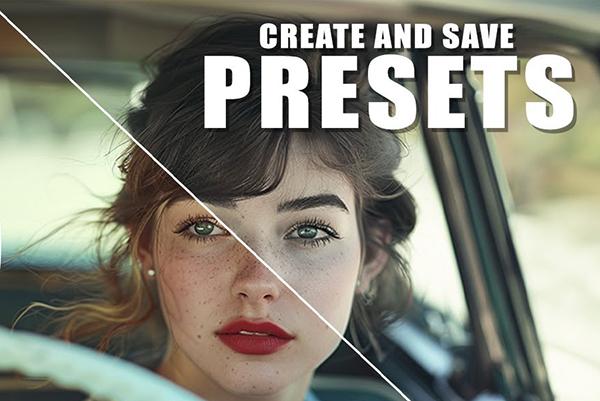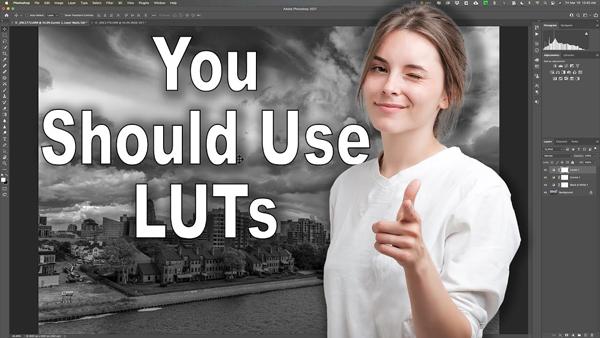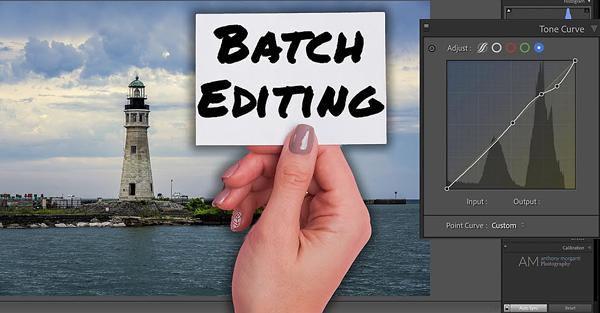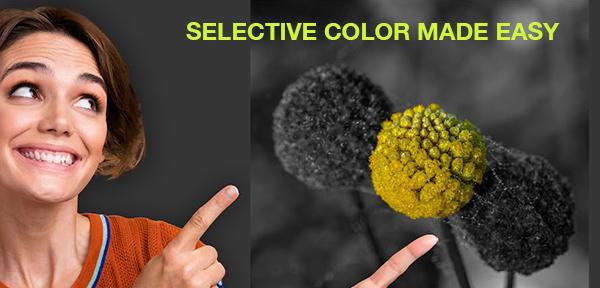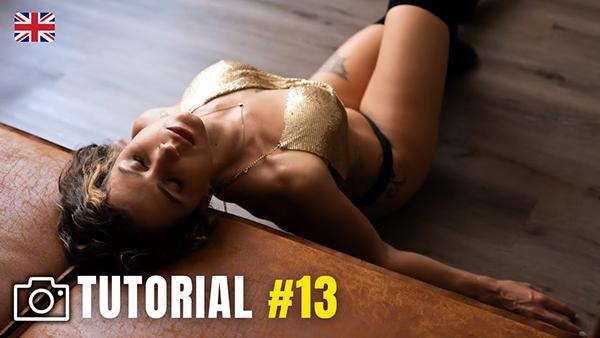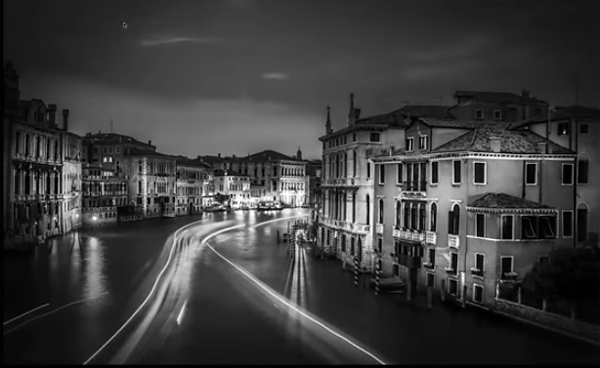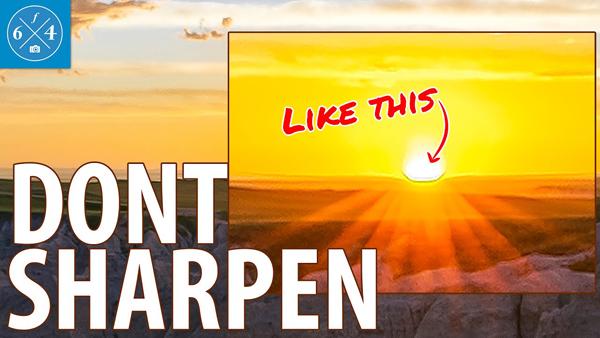Software How To
Sort By: Post DateTitle Publish Date
|
Mar 27, 2024
|
Jul 19, 2024
|
Jun 27, 2022
|
Mar 25, 2021
|
Jun 30, 2021
|
Jun 30, 2017
|
Jul 10, 2017
|
May 28, 2014
|
Feb 19, 2016
|
May 04, 2017
